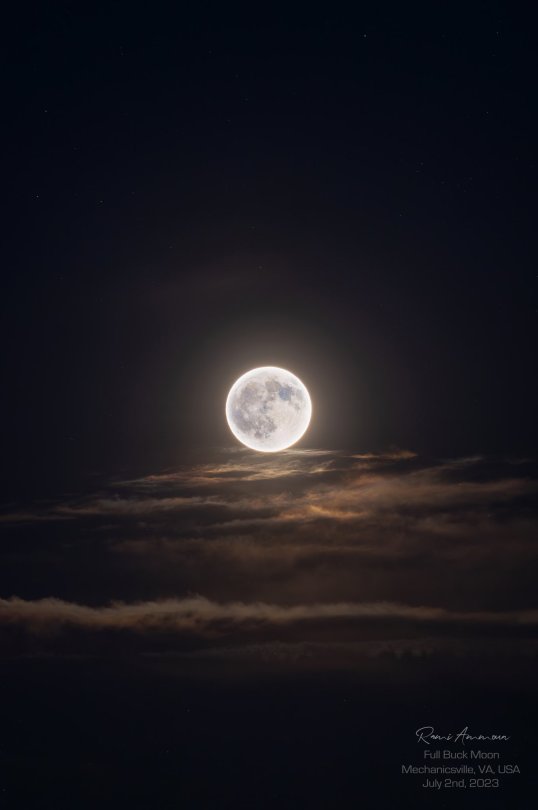The Ghosts Of Gamma Cas ©

The Ghosts of Gamma Cas ©
More Posts from Ad-astra-affecte-spe and Others

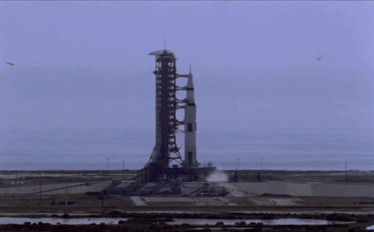

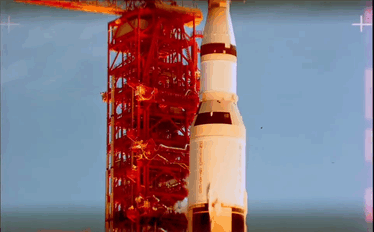
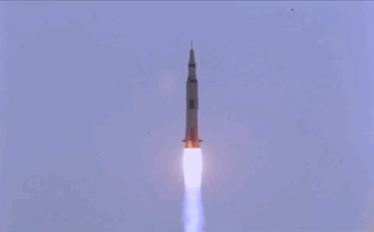
Apollo 11 Launch






Saturn in near-infrared

NGC 5189
NGC 5189 is a planetary nebula in the constellation Musca. It was discovered by James Dunlop on 1 July 1826, who catalogued it as Δ252. For many years, well into the 1960s, it was thought to be a bright emission nebula. It was Karl Gordon Henize in 1967 who first described NGC 5189 as quasi-planetary based on its spectral emissions
NATIVE CARBON DIOXIDE FOUND ON JUPITER’S MOON EUROPA

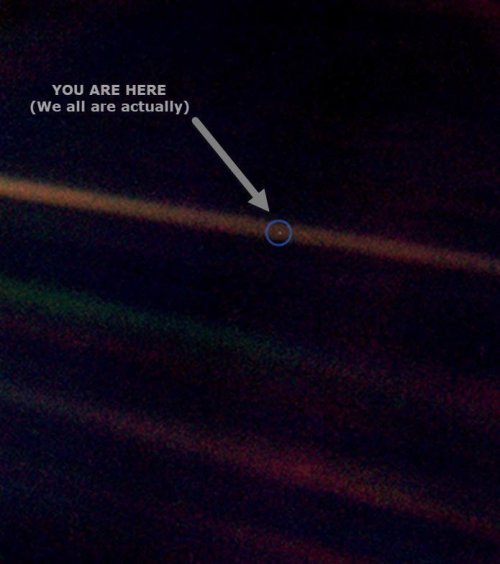
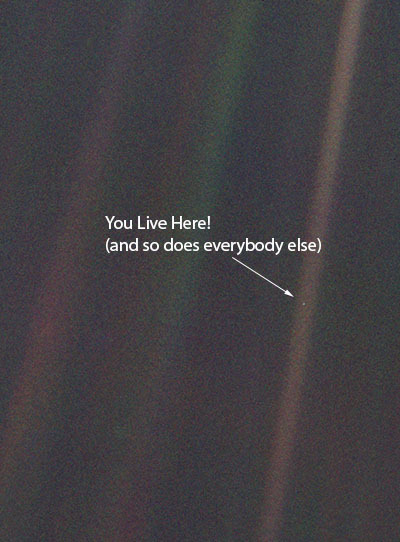




cancel your plans we’re thinking about the pale blue dot voyager pic tonight


Galaxies can merge, collide, or brush past one another — each of which has a significant impact on their shapes and structures. As common as these interactions are thought to be in the Universe, it is rare to capture an image of two galaxies interacting in such a visibly dynamic way. This image, from the NASA/ESA Hubble Space Telescope, feels incredibly three-dimensional for a piece of deep-space imagery.
The subject of this image is named Arp 282, an interacting galaxy pair that is composed of the Seyfert galaxy NGC 169 (bottom) and the galaxy IC 1559 (top).
Credits: ESA/Hubble & NASA, J. Dalcanton, Dark Energy Survey, J. Schmidt

M78 // Capturing Ancient Photons
A beautiful series of reflection nebulae make up M78. These reflection nebulae, like their name suggests, contain little ionized gas and primarily reflect the light of nearby stars. In this case, it is only two stars' light that the gas is reflecting despite containing a few hundred young stars within.

Neptune's rings & moon Triton © Voyager 2

Venus makes Oxygen During the Day
Ok, it's little more than an excuse to show a beautiful image of a fascinating planet, but in a recent scientific study, it was discovered in the upper atmosphere of Venus, during the day (which lasts a little longer than our day, at 243 Earth Days !!) Carbon Dioxide and Carbon Monoxide is broken down by sunlight into it's Carbon and Oxygen. The oxygen then moves around the planet, and over to the night side too, where it plays an important role in the upper atmosphere of the planet.
Amusingly, a full year on Venus is only 225 Earth days, making a day on Venus longer than a year on Venus.
I guess the upshot of this is, every day is your Birthday on Venus, so Happy Venusian Birthday to you all !
-
 billck01 reblogged this · 1 year ago
billck01 reblogged this · 1 year ago -
 azrael-comfortplace reblogged this · 1 year ago
azrael-comfortplace reblogged this · 1 year ago -
 gaz-azzurri reblogged this · 1 year ago
gaz-azzurri reblogged this · 1 year ago -
 maridor liked this · 1 year ago
maridor liked this · 1 year ago -
 fregate46 liked this · 1 year ago
fregate46 liked this · 1 year ago -
 hmmmmho reblogged this · 1 year ago
hmmmmho reblogged this · 1 year ago -
 sylvanthorn reblogged this · 1 year ago
sylvanthorn reblogged this · 1 year ago -
 sylvanthorn liked this · 1 year ago
sylvanthorn liked this · 1 year ago -
 reign-kane liked this · 1 year ago
reign-kane liked this · 1 year ago -
 ena-maus liked this · 1 year ago
ena-maus liked this · 1 year ago -
 tdarkdesires liked this · 1 year ago
tdarkdesires liked this · 1 year ago -
 ambitiousfrequency liked this · 1 year ago
ambitiousfrequency liked this · 1 year ago -
 a-honeybadger-in-orange-robes reblogged this · 1 year ago
a-honeybadger-in-orange-robes reblogged this · 1 year ago -
 a-honeybadger-in-orange-robes liked this · 1 year ago
a-honeybadger-in-orange-robes liked this · 1 year ago -
 dusttostardust reblogged this · 1 year ago
dusttostardust reblogged this · 1 year ago -
 dusttostardust liked this · 1 year ago
dusttostardust liked this · 1 year ago -
 atilla4434sblog liked this · 1 year ago
atilla4434sblog liked this · 1 year ago -
 ratbags76 reblogged this · 1 year ago
ratbags76 reblogged this · 1 year ago -
 ratbags76 liked this · 1 year ago
ratbags76 liked this · 1 year ago -
 sweetandkindbutdontfuckwithme reblogged this · 1 year ago
sweetandkindbutdontfuckwithme reblogged this · 1 year ago -
 unforgettable-sensations liked this · 1 year ago
unforgettable-sensations liked this · 1 year ago -
 321rocketman liked this · 1 year ago
321rocketman liked this · 1 year ago -
 stumblmethis reblogged this · 1 year ago
stumblmethis reblogged this · 1 year ago -
 ginger-wizardtng reblogged this · 1 year ago
ginger-wizardtng reblogged this · 1 year ago -
 ginger-wizardtng liked this · 1 year ago
ginger-wizardtng liked this · 1 year ago -
 optimisticjellyfishprince liked this · 1 year ago
optimisticjellyfishprince liked this · 1 year ago -
 heatherannchristie liked this · 1 year ago
heatherannchristie liked this · 1 year ago -
 doc-tk421 reblogged this · 1 year ago
doc-tk421 reblogged this · 1 year ago -
 tallboyboom reblogged this · 1 year ago
tallboyboom reblogged this · 1 year ago -
 tallboyboom liked this · 1 year ago
tallboyboom liked this · 1 year ago -
 pumper82 liked this · 1 year ago
pumper82 liked this · 1 year ago -
 prettyplumpkitty reblogged this · 1 year ago
prettyplumpkitty reblogged this · 1 year ago -
 prettyplumpkitty liked this · 1 year ago
prettyplumpkitty liked this · 1 year ago -
 good-good-sunshine reblogged this · 1 year ago
good-good-sunshine reblogged this · 1 year ago -
 deeporangewishes reblogged this · 1 year ago
deeporangewishes reblogged this · 1 year ago -
 deeporangewishes liked this · 1 year ago
deeporangewishes liked this · 1 year ago -
 conifersncoasts reblogged this · 1 year ago
conifersncoasts reblogged this · 1 year ago -
 carnalcommunion reblogged this · 1 year ago
carnalcommunion reblogged this · 1 year ago -
 greenvelvetchaise reblogged this · 1 year ago
greenvelvetchaise reblogged this · 1 year ago -
 jwade191 liked this · 1 year ago
jwade191 liked this · 1 year ago -
 0rquid3a-s4ngri3nt-4 reblogged this · 1 year ago
0rquid3a-s4ngri3nt-4 reblogged this · 1 year ago -
 0rquid3a-s4ngri3nt-4 liked this · 1 year ago
0rquid3a-s4ngri3nt-4 liked this · 1 year ago -
 himeros-erote liked this · 1 year ago
himeros-erote liked this · 1 year ago

★•Astronomy, Physics, and Aerospace•★ Original and Reblogged Content curated by a NASA Solar System Ambassador
204 posts


